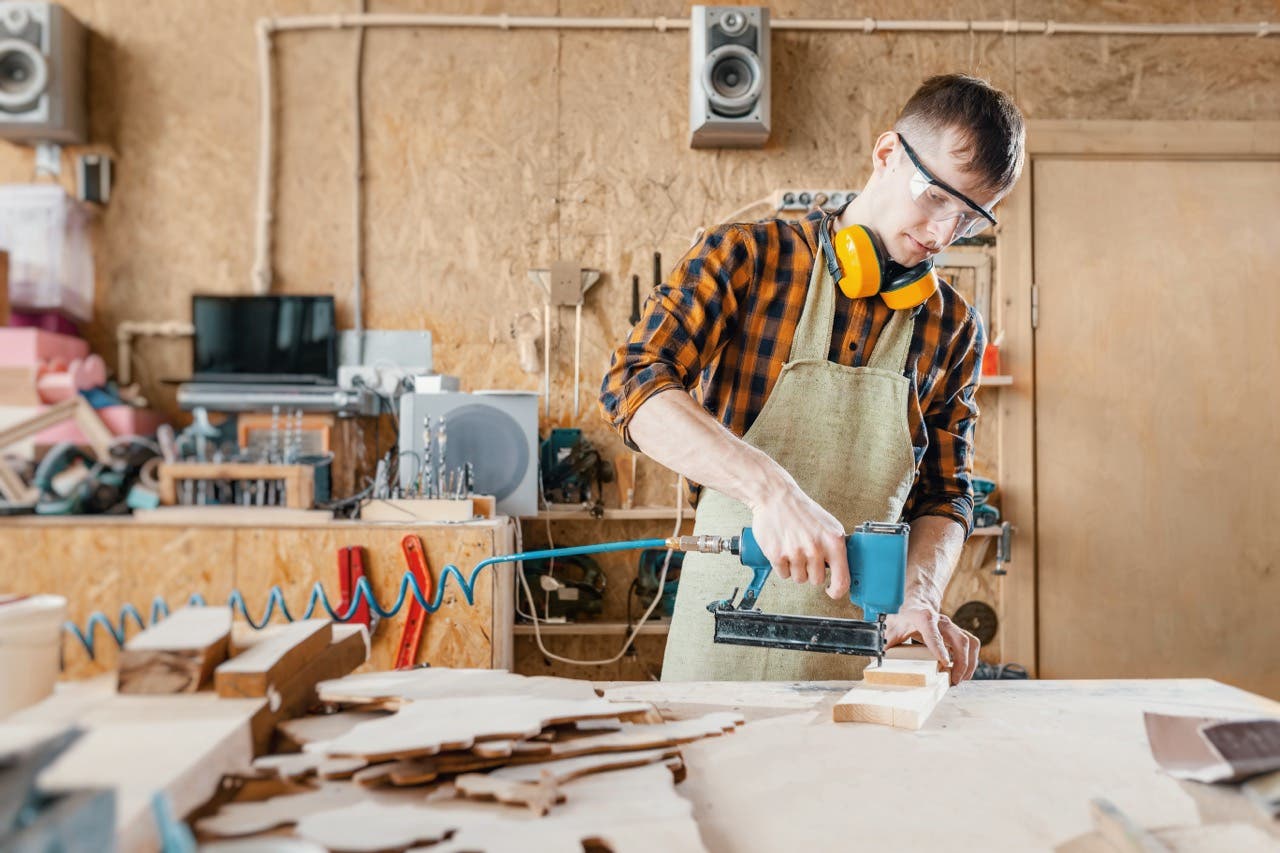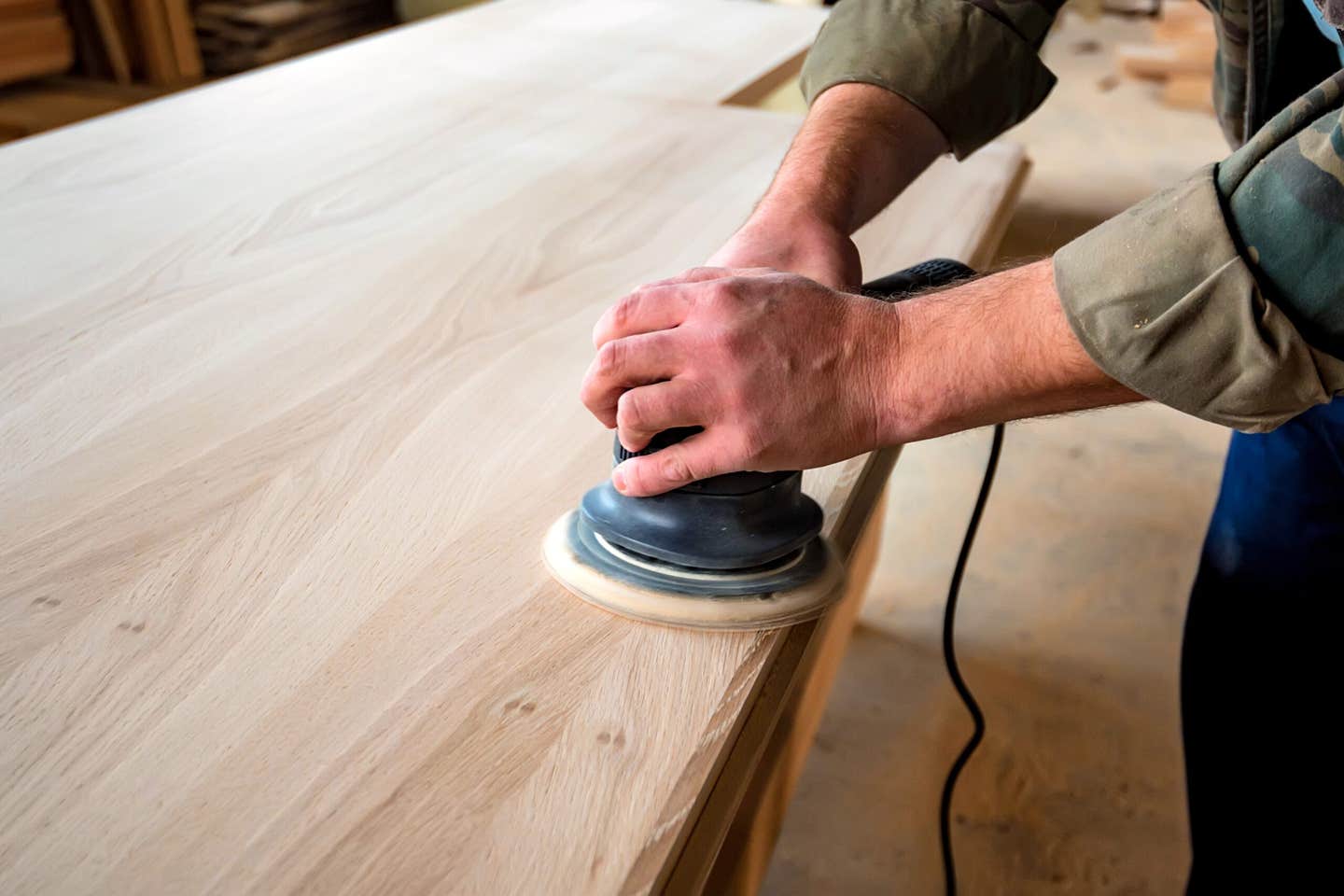Another piece of the puzzle
Roger Beck has been the owner of Front Door Custom Woodworking, a custom cabinet shop in Eugene, Ore. for more than 35 years. He recently embarked on a new creative…
Roger Beck has been the owner of Front Door Custom Woodworking, a custom cabinet shop in Eugene, Ore. for more than 35 years. He recently embarked on a new creative project, making lamps out of hundreds of puzzle-like wooden pieces to resemble a lace pattern.
He began experimenting with the puzzle pieces or tiles years ago to make placemats, but it became so tedious he put it aside. While looking for a router bit in 2013, he found the tiles and got creative.
“I don’t know what made me want to work with some of the tiles I had left over from the first time, but I took a stainless-steel bowl and glued them on the outside and made a lampshade.”
Beck is hoping to retire soon and wants to keep busy making lamps. He’s been making batches of tiles from different hardwood species and perfecting his techniques.
“I have two employees right now and they do most of the cabinetmaking,” Beck explains. “I was diagnosed with Parkinson’s disease about four years ago. I make a joke over the fact that some of the lamp work I do is physical therapy for my Parkinson’s. The tedious part of having it is the hand-eye coordination. I don’t have much shaking at this point. But everyone is different, so I don’t know where it will take me. Right now I’m having fun making the lamps.”
The lamps are made from 600 to 2,000 tiles, made with a router and a collection of bits. Part of the challenge has been improving the production process.
“I started cutting them on the table saw, but the tiles are so little they were just going all over the place. The band saw is better. The trick to this is dealing with the fuzz on the backside. Sanding is out of the question, but I came up with the idea of putting the tiles into a pillowcase and then into a dryer. They come out without the fuzz.”
The tiles are glued to a frame, creating the lamp’s base. Beck is still using the bowl to form the shade. The finished product is quite durable unless it’s dropped. “Then it cracks like an eggshell,” Beck says.
Beck is selling the lamps through a local lighting store.
“I kept going to this store for lamp parts, like cords and sockets. Finally the salesperson asked what I was using them for,” Beck says.
This article originally appeared in the March 2015 issue.







